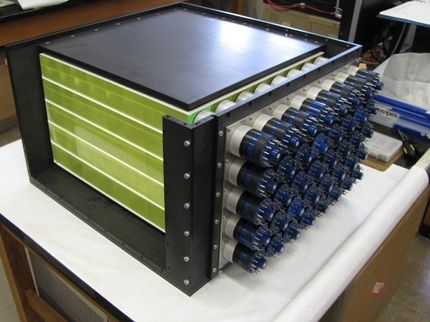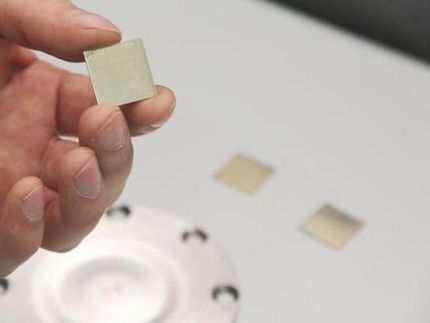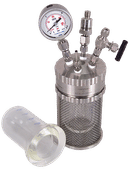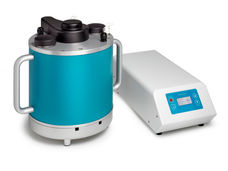Fukushima lesson: Prepare for unanticipated nuclear accidents
Advertisement
A year after the crisis at Japan's Fukushima Daiichi nuclear power plant, scientists and engineers remain largely in the dark when it comes to fundamental knowledge about how nuclear fuels behave under extreme conditions, according to a University of Michigan nuclear waste expert and his colleagues.
In an article in Science, U-M's Rodney Ewing and two colleagues call for an ambitious, long-term national research program to study how nuclear fuels behave under the extreme conditions present during core-melt events like those that occurred at Fukushima following the March 11, 2011, magnitude 9.0 earthquake and tsunami.
Three of the plant's six boiling-water reactors suffered partial core-melt events that involved tremendously high temperatures and powerful radiation fields, as well as interaction between seawater and nuclear fuel. Many tons of seawater were used to cool the overheated reactors and nearby spent-fuel storage ponds, and direct discharge of contaminated seawater to the ocean and groundwater occurred through approximately April 8.
"What I realized while watching all of this was how little we actually knew about what happens if you take hot seawater and pour it on nuclear fuel," said Ewing, a professor in the Department of Earth and Environmental Sciences, the Department of Nuclear Engineering and Radiological Sciences, and the Department of Materials Science and Engineering. Ewing is also a member of the U.S. Nuclear Waste Technical Review Board.
"No one, as far as I know, had asked the question, 'Well, what happens when you do this? Are we doing something really good or really bad?'" Ewing said. "That kind of information really wasn't available, and that expertise, as far as I could see, wasn't there to be called upon."
The use of seawater at Fukushima underscores the need for fundamental nuclear-fuel knowledge that can be applied over a range of unanticipated situations, Ewing said. The research should include studies of the various radioactive materials released from damaged fuel during a core-melt incident, as well as a thorough examination of how nuclear fuel interacts with fresh water and seawater, he said.
Such studies could lead to predictive models that would help nuclear plant operators respond to unforeseen events, taking appropriate and timely action to minimize impacts on the environment and human health. The Science paper reviews the current understanding of nuclear-fuel interactions with the environment during core-melt accidents.
"Almost by definition, an accident will be something that puts you in a situation that you didn't anticipate," said Ewing, Edward H. Kraus Distinguished University Professor. "So the research focus should be on the situations you don't expect to deal with. Right now, that kind of knowledge is fragmentary, at best."



































































